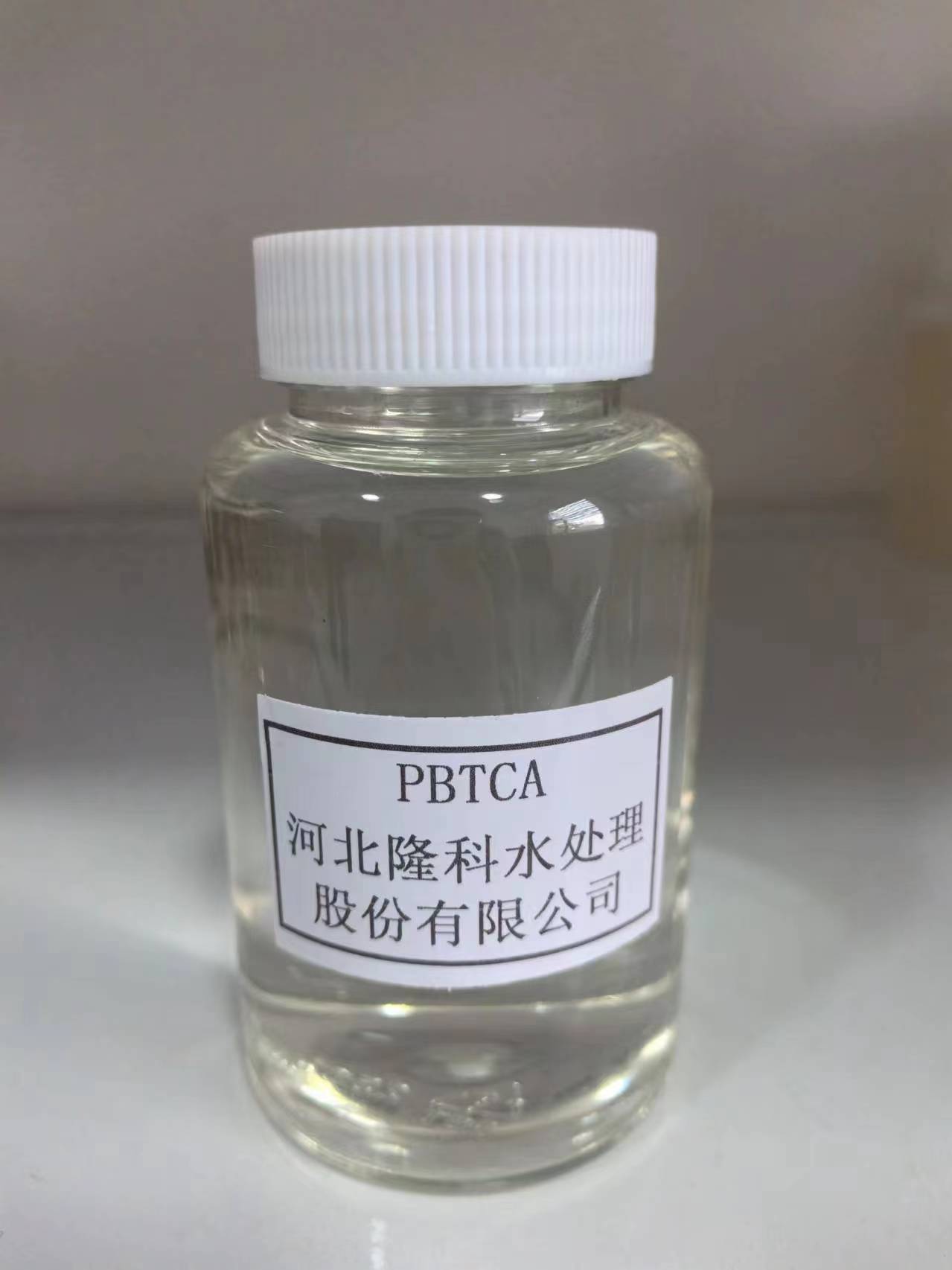anionic polyacrylamide flocculant
Anionic Polyacrylamide Flocculant An Overview
Anionic polyacrylamide, commonly referred to as APAM, is a synthetic polymer with wide-ranging applications in various industries due to its excellent flocculating properties. This substance is particularly valued in water treatment processes, paper manufacturing, mineral processing, and agriculture. Its ability to bind particles together makes it essential in environments where solid-liquid separation is crucial.
Chemical Structure and Properties
Anionic polyacrylamide is composed of acrylamide monomers with anionic charges. This characteristic allows it to interact effectively with positively charged particles, forming aggregates that can be easily separated from liquids. The molecular weight of APAM can vary significantly, affecting its effectiveness and application. High molecular weight flocculants are typically preferred in applications requiring strong binding capability, whereas lower molecular weight versions can be advantageous where rapid settling is required.
One of the key properties of anionic polyacrylamide is its solubility in water, which enhances its functionality in various processes. Upon dissolution, it forms a viscous solution that can increase the efficiency of sedimentation and dewatering. Its effectiveness is influenced by factors such as pH, ionic strength, and concentration, making it essential to optimize these parameters for desired outcomes.
Applications in Water Treatment
In water treatment facilities, anionic polyacrylamide plays a pivotal role in clarifying water by promoting the aggregation of suspended particles, such as silt, clay, and organic matter. By facilitating the formation of larger flocs, it allows for easier removal of impurities during sedimentation and filtration processes. This application is crucial not only for producing potable water but also for treating industrial wastewater where contaminants need to be eliminated before discharge.
anionic polyacrylamide flocculant

Industry Applications
Beyond water treatment, APAM is widely employed in the paper industry where it acts as a retention aid, strengthening the formation of paper sheets and minimizing fiber loss. The mining sector also benefits from its use, as it enhances the recovery rates of valuable minerals from ore slurries. Additionally, in agriculture, anionic polyacrylamide is used to control soil erosion and improve moisture retention in fields, promoting sustainable farming practices.
Safety and Environmental Considerations
While anionic polyacrylamide is generally regarded as a safe substance when used appropriately, there are environmental considerations regarding its application. The potential for residual polymer to enter waste streams necessitates careful monitoring and management. Moreover, the biodegradability of APAM is a vital factor—degradation products should be non-toxic to aquatic life to ensure environmental safety.
Conclusion
In summary, anionic polyacrylamide flocculant is a versatile and powerful tool across multiple industries. Its ability to enhance solid-liquid separation processes plays a crucial role in water treatment, paper manufacturing, mining, and agriculture. As industries continue to evolve and face new environmental challenges, the role of APAM will likely expand, necessitating ongoing research into its applications and impacts. Understanding the balance between efficacy and safety will be paramount in leveraging its benefits while mitigating any potential risks to the environment.
-
Understanding Polycarboxylic Acids: Properties, Applications, and Future PotentialNewsJul.28,2025
-
Scale Inhibitor Explained: How to Protect Your System from Limescale and Hard Water DamageNewsJul.28,2025
-
Scale and Corrosion Inhibitors: Essential Chemicals for Industrial Water System ProtectionNewsJul.28,2025
-
Polyaspartic Acid: A Biodegradable Polymer for Sustainable ChemistryNewsJul.28,2025
-
Isothiazolinones: A Versatile Antimicrobial Class with Industrial Power and Regulatory ChallengesNewsJul.28,2025
-
A Deep Dive into 2-Phosphonobutane-1,2,4-Tricarboxylic Acid (PBTC)NewsJul.28,2025





